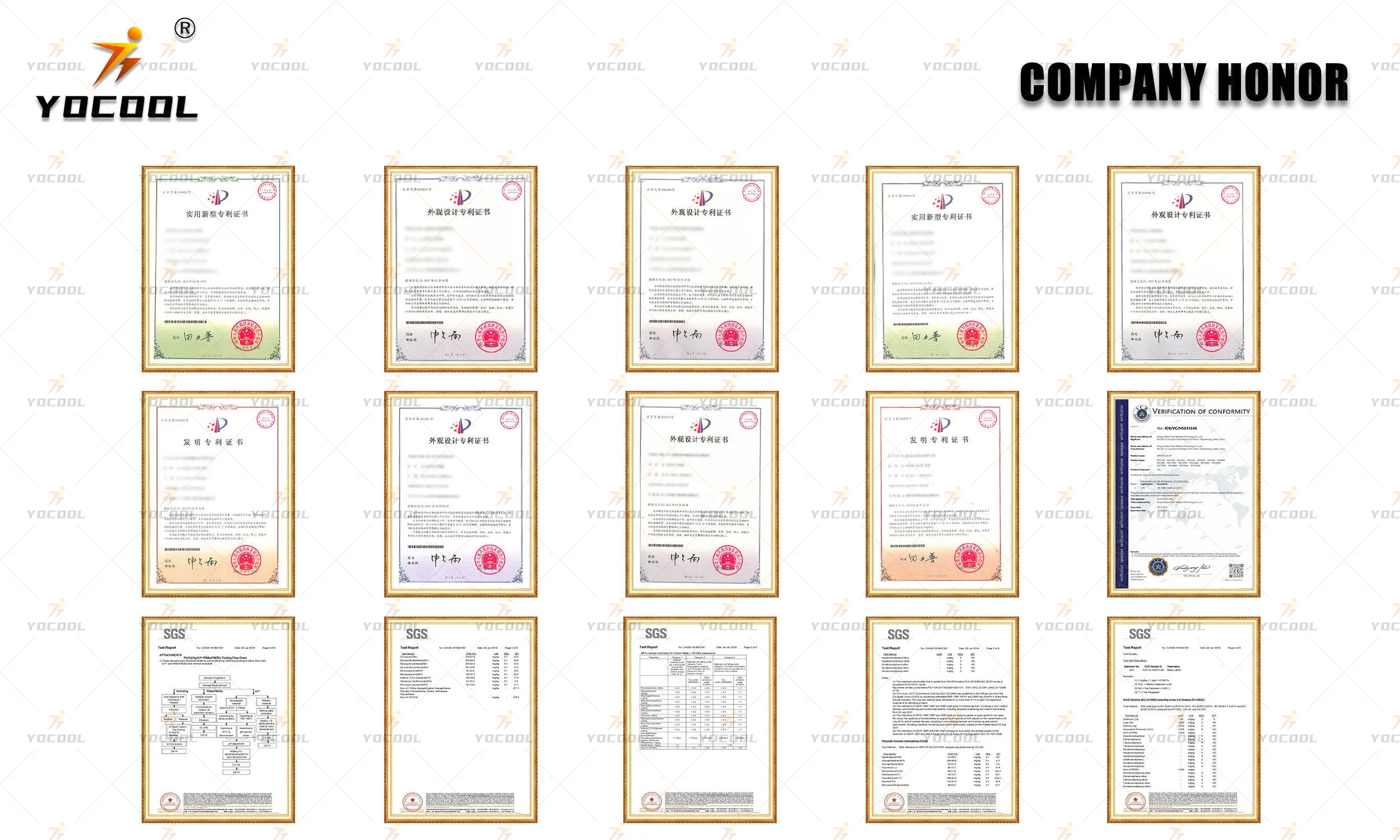

Understanding Squash Equipment A Comprehensive Guide
Squash is a fast-paced, dynamic sport that requires agility, precision, and strategic thinking. To fully enjoy and excel in squash, it's essential to equip yourself with the right gear. This article delves into the various types of squash equipment, offering insights into their importance and how to choose the best items for your game.
1. Squash Rackets
At the heart of any squash player's arsenal is the squash racket. Rackets come in various shapes, sizes, and weights, tailored to suit different playing styles and preferences. Generally, squash rackets are lightweight, most weighing between 110 to 190 grams. Players who value power might opt for a heavier racket, while those who prioritize speed and control may prefer a lighter option.
When selecting a racket, consider factors such as head size and balance. Rackets with a larger head size offer a bigger sweet spot, making it easier to hit the ball. Conversely, smaller head sizes provide more control for experienced players. The balance of the racket—whether it is head-heavy or head-light—also influences your playing style. Head-heavy rackets provide more power, while head-light rackets offer maneuverability.
2. Squash Balls
The squash ball is another crucial piece of equipment. Squash balls come in different types, each designed for varying skill levels. The standard includes four main types the double yellow dot ball, used in professional play; the yellow dot ball for advanced players; the red dot ball for intermediate players; and the blue dot ball for beginners.
Choosing the right ball is essential for your training and performance. Beginners should start with the blue dot ball, as it bounces higher and allows for more accessible play. As players improve, they can transition to the red dot, and eventually, the yellow dot for a more challenging experience.
3
. Footwear
The right footwear is vital for playing squash effectively and safely. Squash shoes are specifically designed to provide grip on court surfaces while allowing for quick lateral movements. Unlike running shoes, squash shoes have a flat sole that enhances stability and prevents slipping.
When selecting squash shoes, look for those with a non-marking sole to protect the court surface. They should offer cushioning and support, especially in the forefoot and heel, to minimize the risk of injury during quick sprints and pivots.
4. Protective Gear
While squash is generally a safe sport, wearing protective gear is essential to prevent injuries. Safety goggles are highly recommended, especially for beginners, as they protect the eyes from errant balls or accidental racket swings. Wearing a sweatband can help keep perspiration from interfering with grip on the racket and improve visibility.
5. Squash Accessories
In addition to the primary equipment mentioned, various accessories can enhance your squash experience. A good-quality squash bag is essential for transporting your racket, shoes, and other gear. Many bags come with compartments specifically designed to keep your equipment organized and protected.
Additionally, a water bottle is crucial for staying hydrated during intense games. Many players also carry a towel for quick wipes during matches to maintain grip and comfort.
Conclusion
In summary, equipping yourself with the right squash equipment is vital for both performance and enjoyment of the game. From the right racket to suitable footwear and protective gear, every item plays a significant role in how you play. As you advance in skill, reassessing and updating your equipment will help you enhance your game further. Whether you're just starting or aiming for professional levels, investing in quality squash equipment is a step toward achieving your goals on the court. Happy playing!
Premium Paddle Tennis Rackets for Every Court & Player
Premium Padel Courts: Expert Design & Installation Services
Premium Padel Courts: Panoramic Designs & Custom Builds
Premium Padel Court | Custom Designs & Quality Installation
Paddle Tennis Rackets: Unleash Power & Precision on Court
Best Paddle Tennis Rackets: Power, Control & Comfort